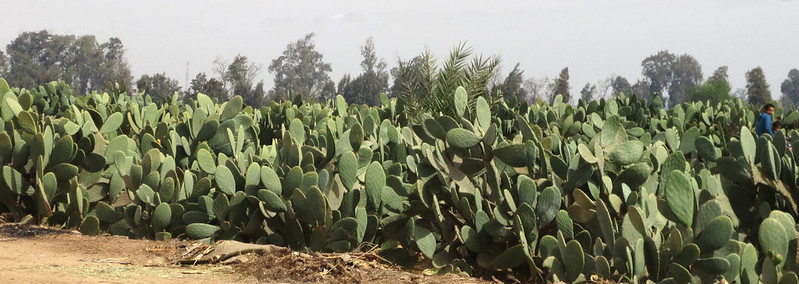
I had never thought of these as a cash crop, but they are. This field is in its fourth year. We were here out of season but there are a few sprouts and fruit growing on the plants.

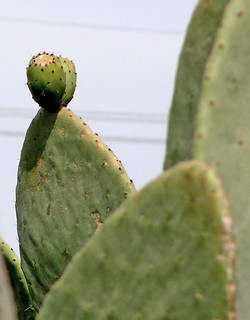


The prickly pear is native to the Americas but has been spread around the world, Web MD lists a few medicinal uses:
Prickly pear cactus is used for type 2 diabetes, high cholesterol, obesity, alcohol hangover, colitis, diarrhea, and benign prostatic hypertrophy (BPH). It is also used to fight viral infections.Who knew?
A new planting of prickly pears was planted in rows and other crops were growing nearby including cucumbers, green peppers and a number of fruit trees.

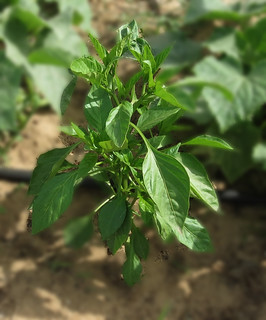
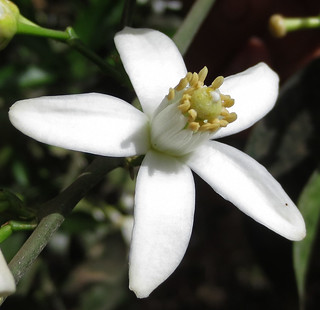
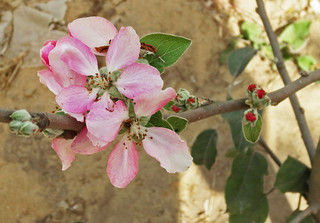
Nearby farms feature wheat and the much favored fava beans that are eaten as the popular Foul Madamas.
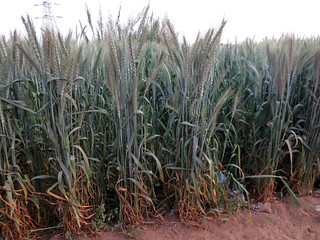

After our tour, our farmer host offered lunch which was a very enjoyable meal of stuffed cabbage leaves and assorted other stuffed. You may recognize our host's father-in-law from the camel ride post of a few weeks ago.
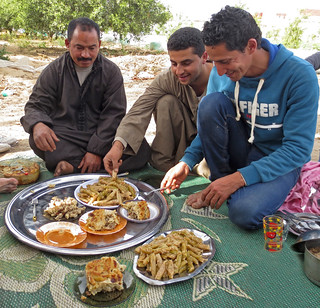

After tea, we continued the tour. Water is the key to success in farming this land. The canals that form the Nile's delta maintain a high water table. This farm relies on a powerful electric pump and a very precise distribution system to water the plants.
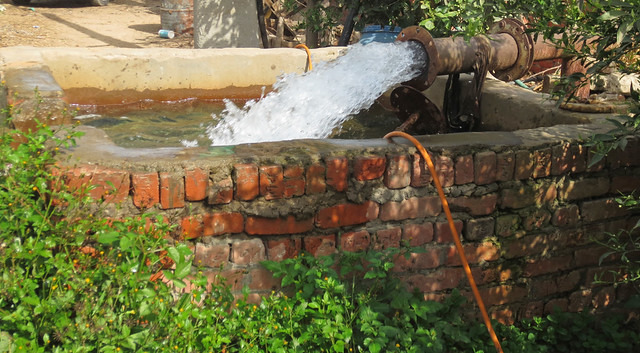
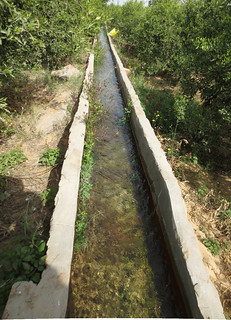

So how large is the typical Egyptian farm? This may surprise you - 3 acres! Can 3 acres support a family, Linda wondered? Yes, it seems that it will support a family quite nicely. Egypt has a unique small farm environment.
Columbia University's Timothy Mitchell is an expert on Egyptian economics, politics and culture. He writes this in the Forward to David Sims' Egypt's Desert Dreams: (oh, the research I do for my blog readers!)
... unlike rural areas in the west, the compact geography of rural Egypt has enabled households to stay on the land. The small-scale farming that was wiped out in many parts of the world in the course of the twentieth century and that some countries are now attempting to revive has been far more resilient in Egypt. The country's household farms are among the most efficient and productive in the world, and provide low-cost food and a viable livelihood to a larger population than perhaps any comparable region.
... thanks in part to the viability of small-scale farming, Egypt has one of the lowest rates of rural—urban migration in the world, a rate that has fallen since the 1970s and 1980s. The country's migration ratio of 8 percent (measured as the ratio of the migrant population to the total working-age population) is about half the world average, and compares with a rate of about 35 percent in Morocco and more than 6o percent in India. The density means that everyone in rural Egypt lives close to a provincial town and administrative center. Transportation and marketing costs are low and households can support both those who farm and those who work in town. Due to this density and proximity, villages in turn can support doctors, lawyers, and schools.





No comments:
Post a Comment